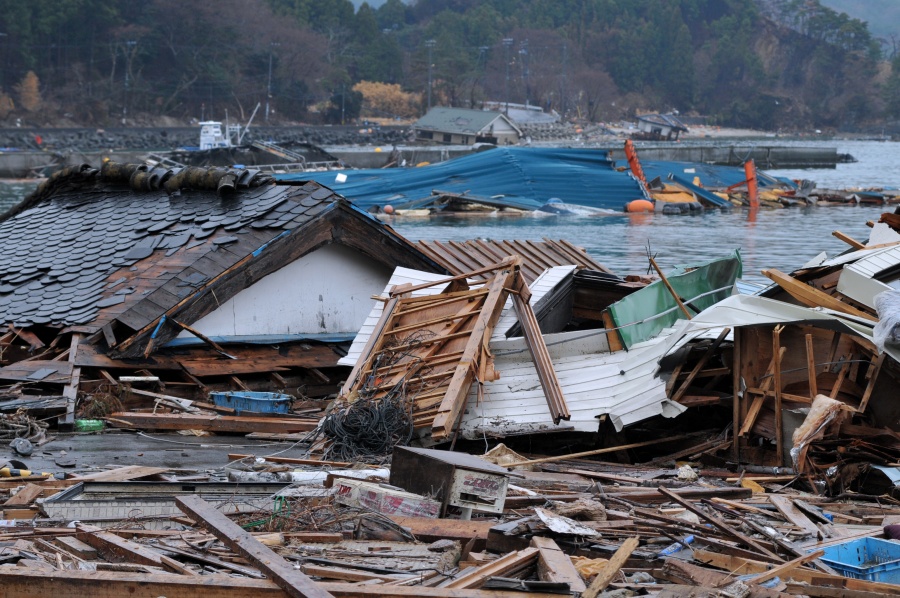Disaster recovery is an essential aspect of maintaining the continuity of business operations and protecting the assets of an organization. Whether it’s a natural disaster, a cyber-attack, or a power outage, it is crucial for businesses to have a plan in place to quickly and effectively respond to an emergency and minimize the impact on the organization.
The first step in creating a disaster recovery plan is to identify potential threats and assess the risks associated with each. This includes analyzing the likelihood and potential impact of a disaster, as well as identifying critical systems and data that must be protected. Once the risks have been identified, it is essential to develop a comprehensive response plan that outlines the steps that need to be taken in the event of a disaster. This plan should include details such as the roles and responsibilities of staff, the communication plan, and the procedures for activating the disaster recovery plan.
One of the most critical components of a disaster recovery plan is the development of a robust backup and recovery strategy. This includes creating regular backups of critical data and systems, and ensuring that these backups are stored off-site or in the cloud to ensure they are protected in the event of a disaster. Additionally, it’s important to have a disaster recovery site that can be activated in the event of an emergency, and to test the disaster recovery plan regularly to ensure it is effective.
Another important aspect of disaster recovery is the use of advanced technologies and tools. For example, virtualization, cloud-based services, and automated backup solutions can significantly improve the speed and effectiveness of disaster recovery operations. Additionally, the use of advanced security solutions such as firewalls, intrusion detection and prevention systems, and encryption can help protect against cyber-attacks and other security breaches.
Disaster recovery is not only about technology, but also about people and processes. It is essential to ensure that the right people are in place to manage the disaster recovery process, and that they are trained and equipped to handle the challenges of an emergency. Additionally, it is important to establish clear and effective communication channels to ensure that all stakeholders are informed and aware of the situation.
In conclusion, disaster recovery is a critical aspect of maintaining the continuity of business operations and protecting the assets of an organization. By identifying potential threats, developing a comprehensive response plan, implementing advanced technologies and tools, and ensuring that the right people and processes are in place, businesses can minimize the impact of a disaster and ensure a quick and effective recovery.

